Saunas are a traditional way to relax and promote holistic wellness by rejuvenating and purifying the body. However, there is some debate about the ideal temperature for a sauna to achieve these benefits while enjoying the cozy atmosphere.
The debate about sauna temperature continues between those who believe that extreme heat is necessary for the full benefits of a sauna and others who think that increasing the temperature is not the only factor. Through this article, we aim to investigate whether temperature plays an important role in the sauna experience. We will explore the mysterious connection between heat and the revered sauna ritual.
What is the Ideal Temperature for a Sauna to Achieve Benefits?
You may be surprised to know that you can achieve the same benefits at 45ºC as you would at 100ºC. How? By increasing your body's temperature close to 38.5ºC, which means that you need to artificially create a fever. This creates the intense sweat during sauna bathing and activates the cardiovascular response and the immune system. Irrespective of whether the infrared sauna temperature is 45ºC or 120ºC, the important thing is that your core temperature approaches 38.5ºC.
How do Saunas Activate the Body to Support Itself?
Saunas help restore your body by stimulating its natural mechanisms. When you sit in a sauna, the heat gradually raises your body temperature, reaching a critical point of 38.5ºC or more.
Saunas raise your body temperature, which can stimulate healing responses and activate your body's natural ability to detoxify, relax, and improve overall wellness. This can create a rejuvenating experience that benefits both your physical and mental health.
Sauna Temperature and Sweating: What is the Connection?
Many believe that very high temperatures lead to better sauna bathing and sweating. However, sauna use is not about enduring uninhabitable temperatures. Exposing yourself to extreme heat and high humidity levels can be dangerous, even causing severe burns as demonstrated during the World Sauna Championships where a participant died.
Despite the common belief, higher temperature applied to the skin doesn't make you sweat more than a higher internal temperature. The reason why it feels that way is that your skin temperature rises faster. However, heating your body directly with infrared heat is more effective in raising your body temperature gradually.
Warm or Hot: Do Sauna Temperatures Really Matter?
Sauna temperature only matters to raise the internal body temperature, and it's important to realise that everyone has their own level of comfort when it comes to a sauna experience. Factors like health, fitness, and experience with heat all play a role in how someone will react to different sauna temperatures. Thus, finding the perfect temperature for your own sauna journey requires listening to your body and being open to experimentation and communication.
Preheating the Body: A Path to Optimal Sweating
Preparing your body before a sauna session can greatly increase how much you sweat and how hot you get. Engaging in light physical activities, such as a brisk walk or gentle stretching, raises your body temperature and improves circulation, generating heat within your body. This means you don't need the sauna to be scorching hot to achieve a body temperature of 38.5ºC.
Preheating the Sauna: Times for Infrared Sauna Use
For many sauna enthusiasts, only 5 to 10 minutes of preheating is enough depending on the environment. You can use this short amount of time to do some light exercise or stretching to wake up your muscles and increase blood flow. Most infrared saunas warm up faster than a steam sauna, and absorbing infrared energy even when the cabin isn't at its desired temperature will still increase the body's temperature.
What if Your Sauna Doesn't Reach a Certain Temperature?
It's important to remember that achieving your desired sauna temperature is just one aspect of a successful session. Core temperature elevation and the length of heat exposure also have a significant impact on the effectiveness of the experience. If the sauna has a lower temperature, you can still enjoy its many benefits by staying inside for a longer time.
Here are 3 simple steps to help you achieve a transformative perspiration potential.
- Preheat with a steamy soak: Prepare for an intense sweating session by taking a hot shower or bath before entering the infrared sauna. This preheating ritual removes toxins before your session and helps your body sweat heavily, even at a moderate temperature of 45ºC.
- Ignite your heart rate: Start with a pre-workout sauna routine that elevates your pulse and activates your cardiovascular system. This approach will increase sweating and help sustain your heart rate even after your workout, making you sweat quickly even at lower sauna temperatures.
How Hot is a Sauna?
It's important to understand that saunas can have different effects on your body and operate at varying temperatures as mentioned earlier. Therefore, there is no simple answer to the question "How hot is a sauna?" It's similar to asking "How fast is a car?" since cars have such a wide range of speeds. To provide clarification, there are generally four different saunas:
- Dry saunas: The air has very low humidity and can warm you up through convection like a wood burning stove.
- Finnish saunas: Increase the humidity level and raise the temperature of the air around you to warm up your body, known as conventional saunas, they may have an electric heater that you pour water over.
- Steam room: The humidity and temperature in these rooms are quite high, and they heat your body by circulating hot air with a steam generator. Steam rooms are similar to a steam sauna, as they also use hot air to raise your body temperature, but at lower temperatures.
- Infrared saunas: The infrared lamps will warm you up from the inside out by emitting infrared light that penetrates your body after passing through your skin. Although the heating effect through the air is limited, you might also feel warm due to the temperatures in the cabin.
As you can see, there is a wide difference between the types of saunas available, and the infrared sauna differs significantly from the other three options. Let's look closer at the sauna temperature ranges.
How Hot is an Infrared Sauna?
If you're wondering whether an infrared sauna is hot, the answer is yes; however, it feels different from a traditional sauna. This is because infrared saunas use infrared light to heat the body from the inside out. Typically, the temperature inside an infrared sauna ranges between 45-60ºC.
The heat is less intense and has unique effects on the body because the infrared light has recovery properties. For instance, far infrared saunas can boost blood flow, enhance the condition of blood vessels, and promote the production of mitochondria.
Many people have reported various benefits from far infrared exposure, such as reduced pain, deeper sleep, relaxation, better muscle tone, and faster recovery. The extent of penetration depends on the type of infrared light; it can reach several inches into the body and affect different biochemical and electromagnetic processes within its cells.
If you only consider temperature as the factor that matters in a sauna, you are not seeing the big picture. The benefits of infrared light penetrating your body are just as important, if not more so, than the heating effects. Furthermore, the increase in core body temperature may be greater with the infrared sauna temperature than hotter dry saunas, leading to better benefits.
Thus, it is important to consider factors other than just air temperature. This means that while an infrared sauna may not seem as hot as a traditional sauna, it still offers certain advantages.
How Hot is a Sauna Session Supposed to be?
The answer to the question, "How hot should a sauna be?" depends on your goals; there is no universal answer. If you want to improve your overall health, then the infrared sauna temperature range of 45-60ºC is ideal. Plus, if you can infrared sauna daily the benefits can dramatically increased, and you will have more benefits from 4 infrared saunas a week for 20 minutes at 50ºC than you would having 2 traditional saunas a week for 45 minutes at 90ºC!
Although a Finnish sauna can reach higher temperatures, it is worth noting that it may not be necessary to do so. It's important to keep in mind that better results do not necessarily come from higher temperatures as we've explained in this blog.
To get the maximum health benefits from infrared light, it's important to avoid both too hot and too cool temperatures. Just like your nutrition and exercise - extremes are not ideal. It's best to have frequent and moderate saunas instead of sporadic saunas of 80-100ºC. Similarly, how long you should stay in a sauna isn't as important as how often you should sauna when looking to improve you're overall longevity.
Heating up Infrared Saunas in the Coldest Months
During the cold winter months, it may be a challenge to raise the temperature of your infrared sauna cabin above +50ºC.
It is important to keep in mind that the temperature inside the sauna is not the only factor that determines its health benefits. Rather, the goal is to raise your core body temperature, which can still be accomplished even with lower sauna temperatures.
Nonetheless, if you just want a warm and cozy place to relax here are some tips to do so when it is freezing outside:
- Pre-Sauna Warm-Up: To increase sweating and get the most out of your infrared sauna session, warm up your body first by either doing light exercises or taking a hot shower or bath as mentioned earlier. This will help raise your core body temperature so that you start sweating faster once you enter the sauna, even if the temperature inside is not as high as you prefer.
- Sauna Modifications: To improve the heat retention within your infrared sauna, you can try making some small adjustments. Specifically, you can use towels to cover any ventilation points and even try a sauna cover to keep the heat from escaping. You can also upgrade your sauna with an additional full-spectrum heater to give it more heating power!
- Insulate the rooms or surrounding space: This will help to minimise the impact of the colder external temperature and allow the sauna to heat up more efficiently, achieving your desired temperature.
Although sauna temperature does not necessarily determine sauna health benefits, you can still enhance your infrared sauna experience during winter by taking practical steps.
By concentrating on increasing your core body temperature and making slight adjustments to your sauna arrangement, you can continuously enjoy the revitalising impacts of your infrared sauna, even in extremely cold weather.
Hopefully it has become clear that temperature alone does not determine the effectiveness of a sauna session. Factors such as sweating, body temperature, personal endurance to heat, warming up beforehand, and adjusting the length of the session all play important roles.
When using a sauna, it's important to recognise that the temperature should be based on personal preference and each individual should create their own sauna practice.


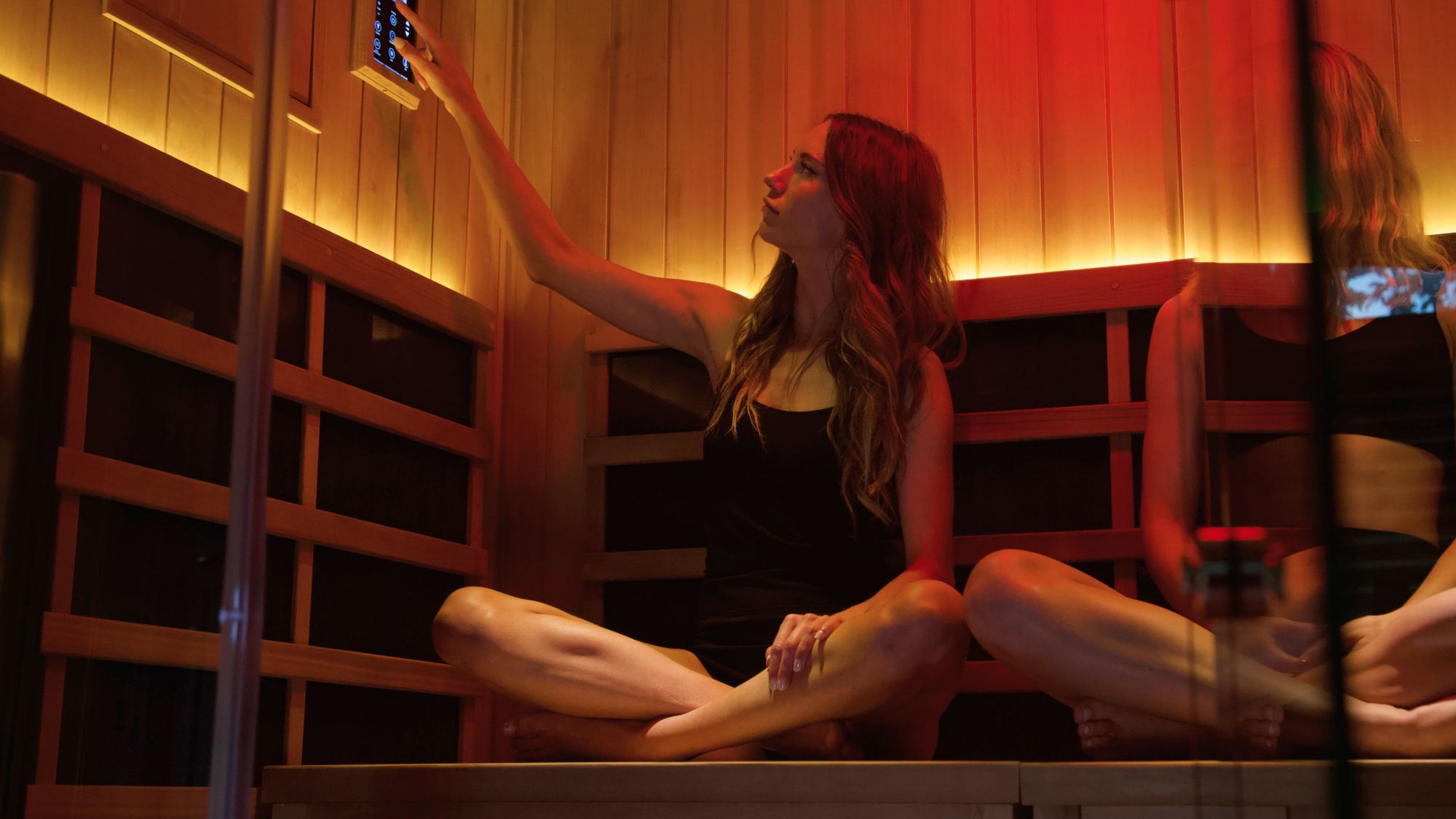



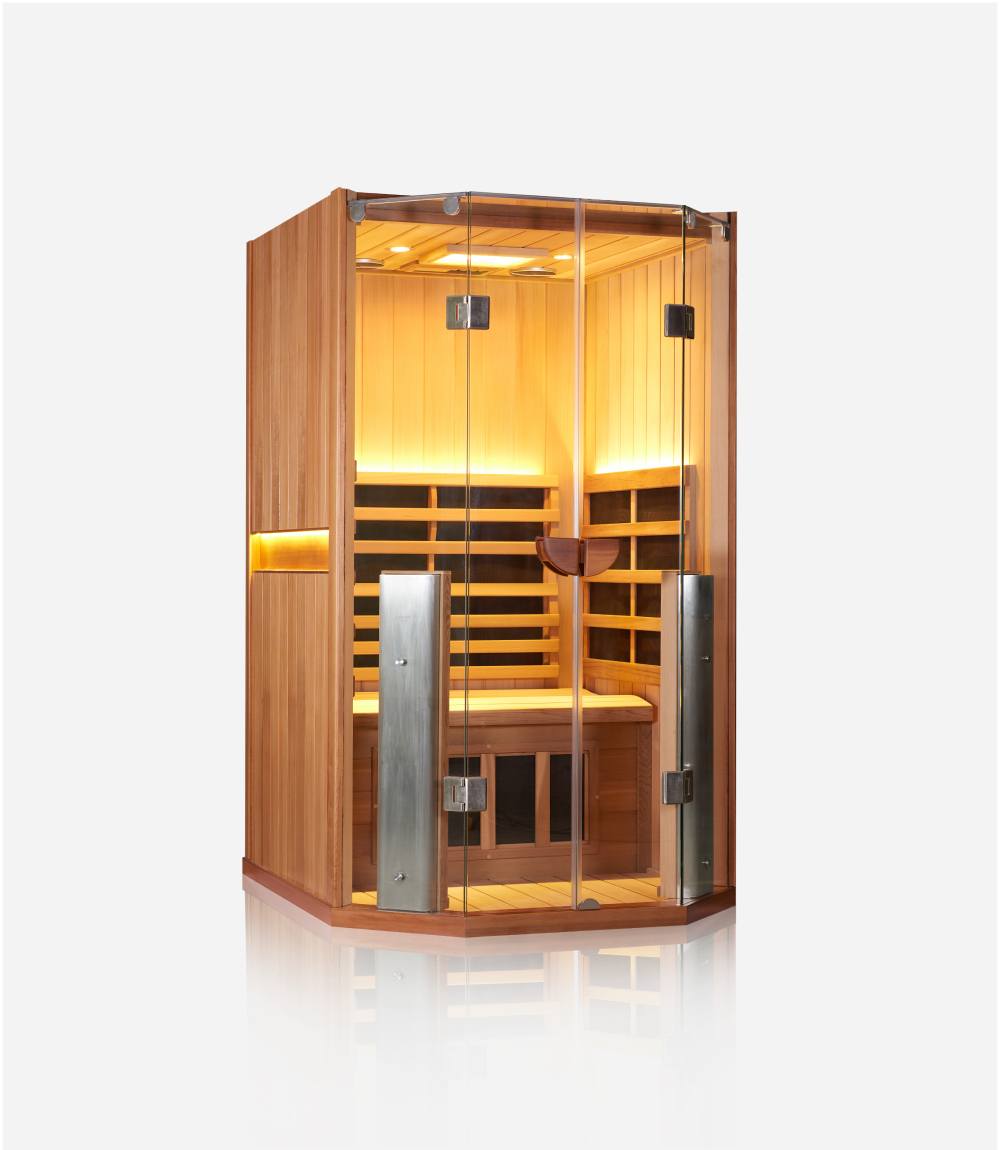
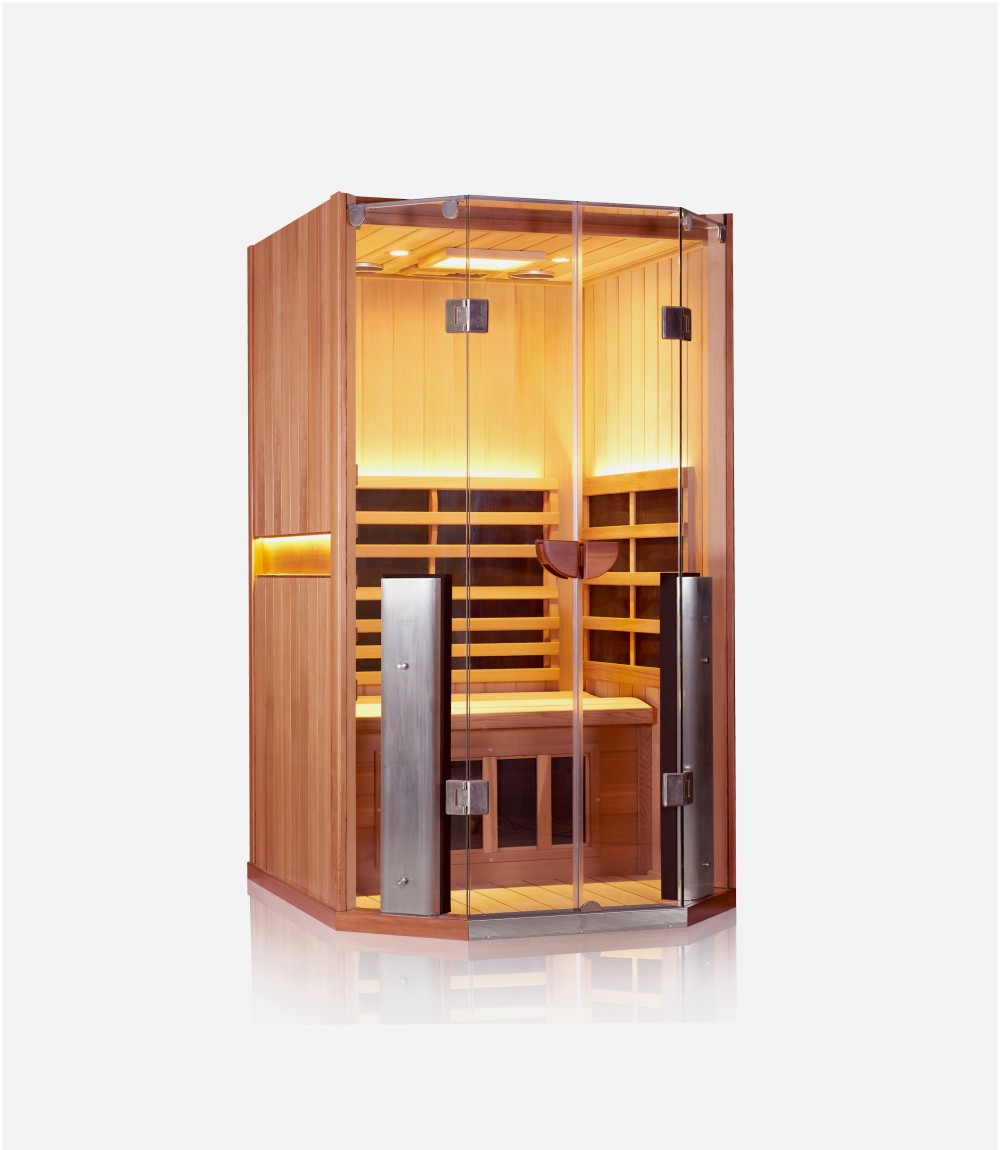
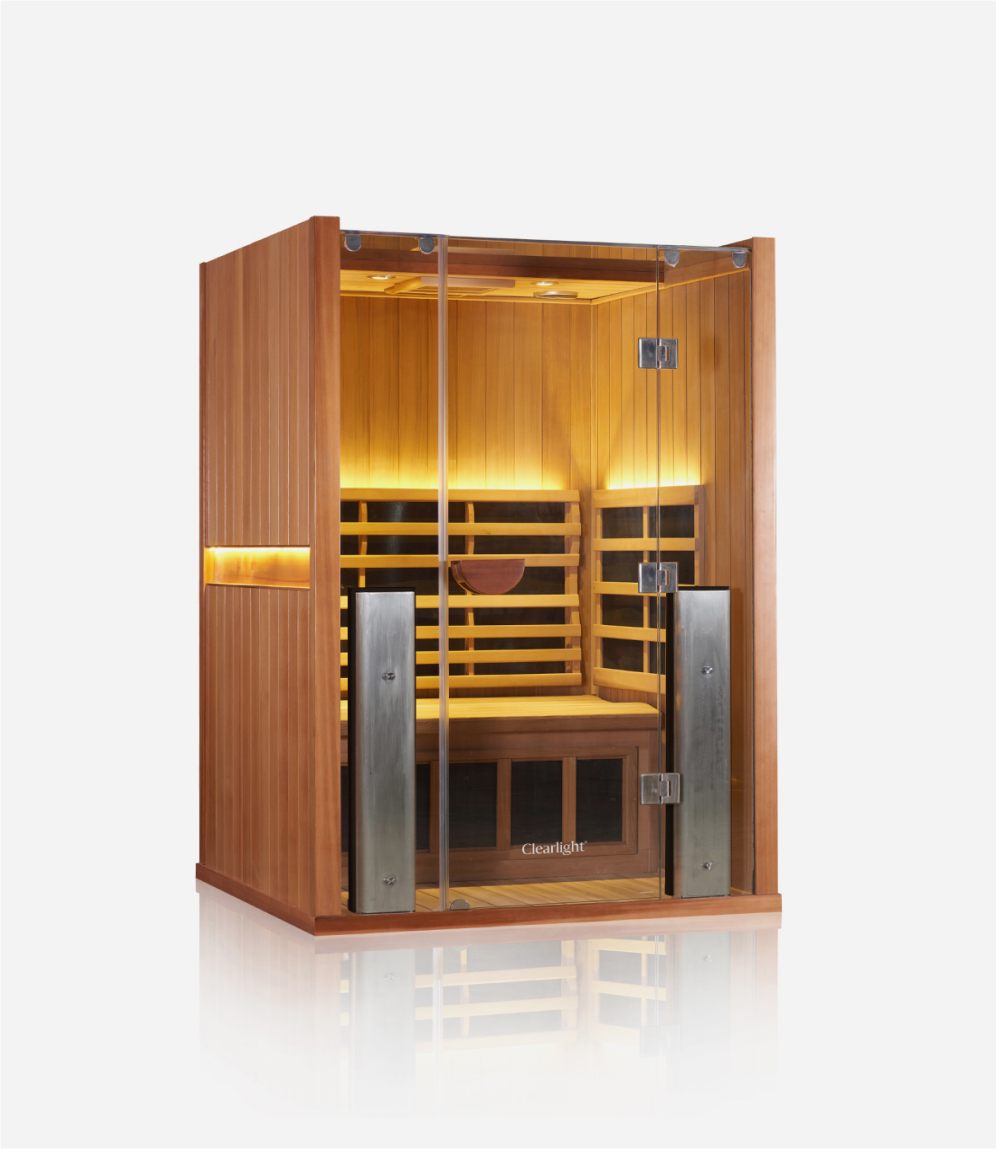
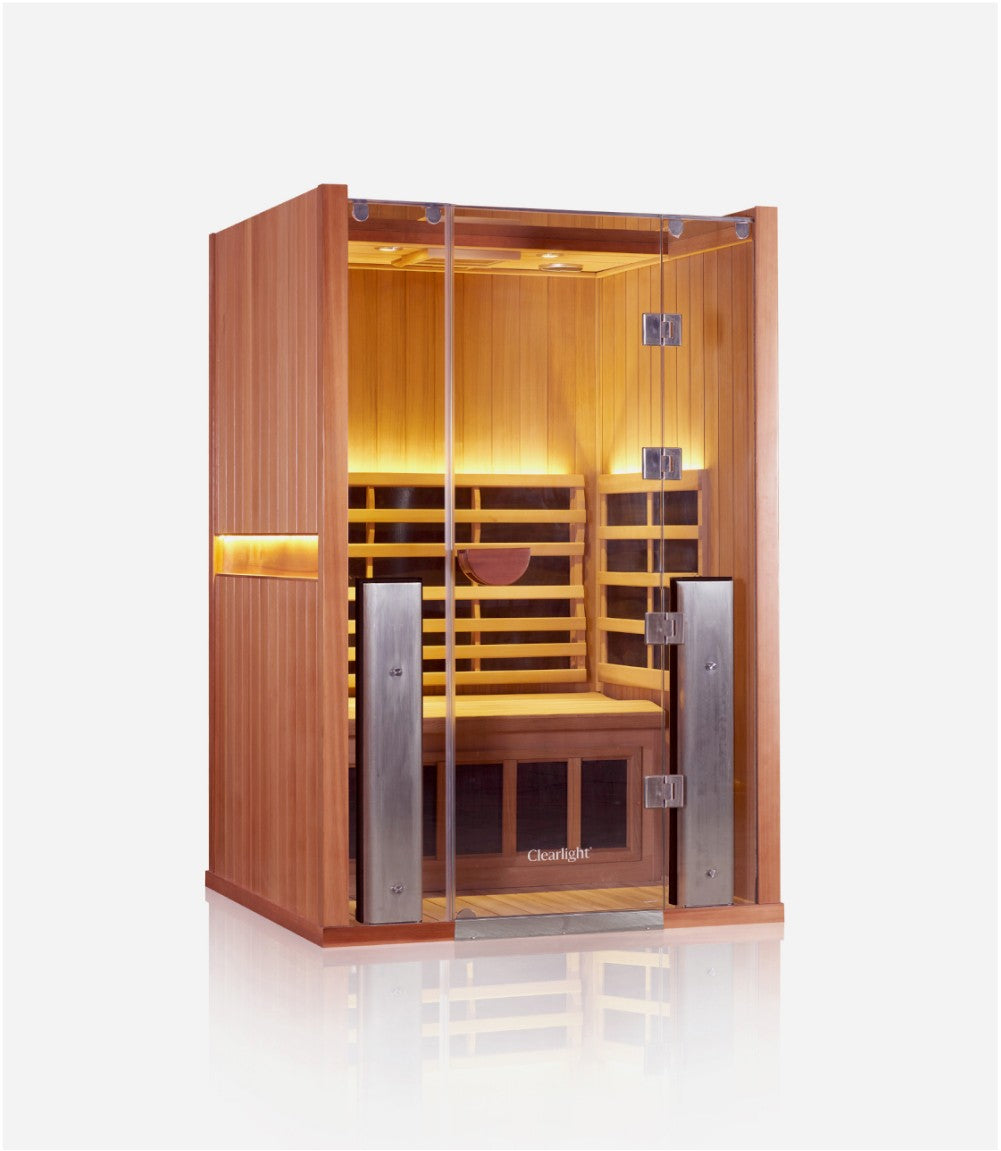
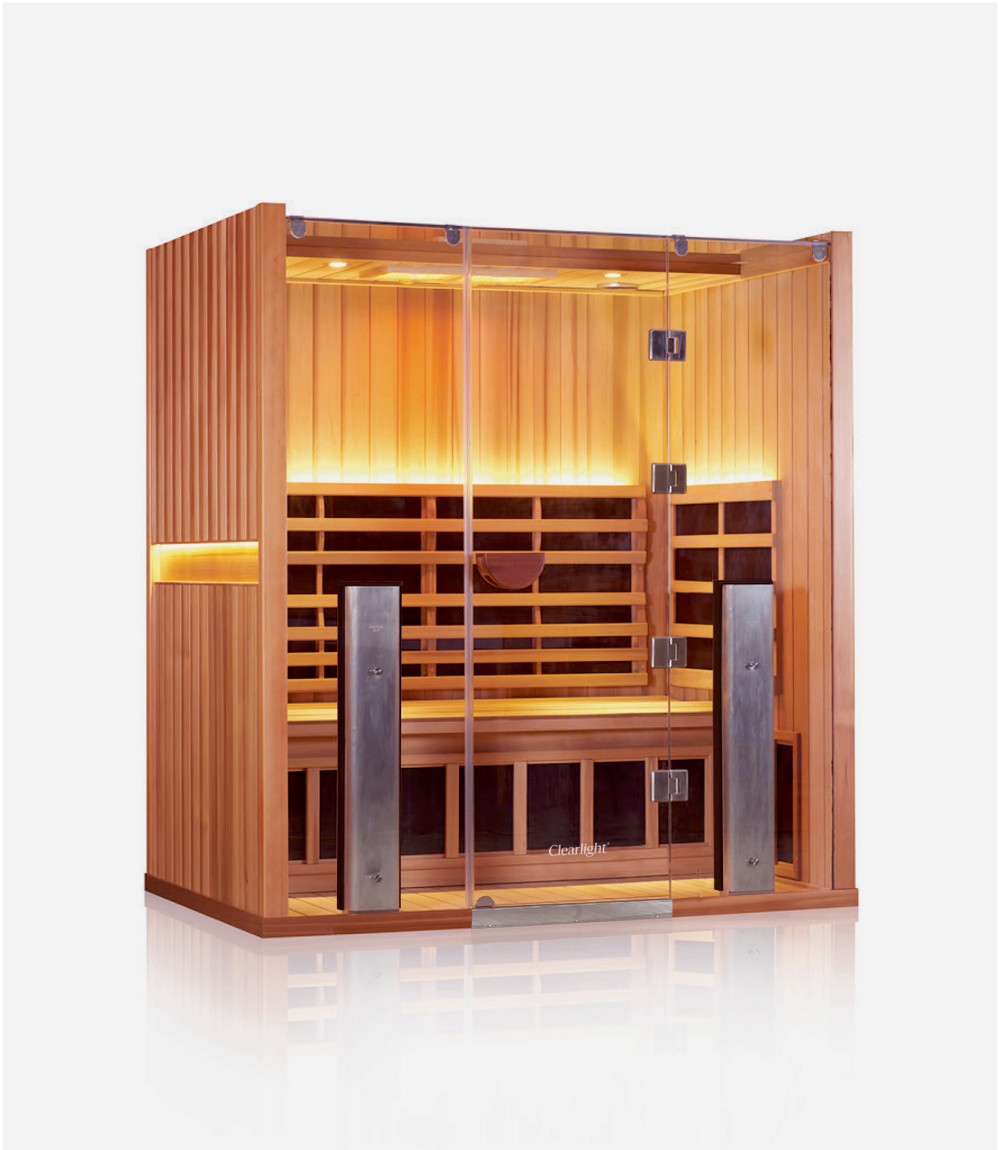
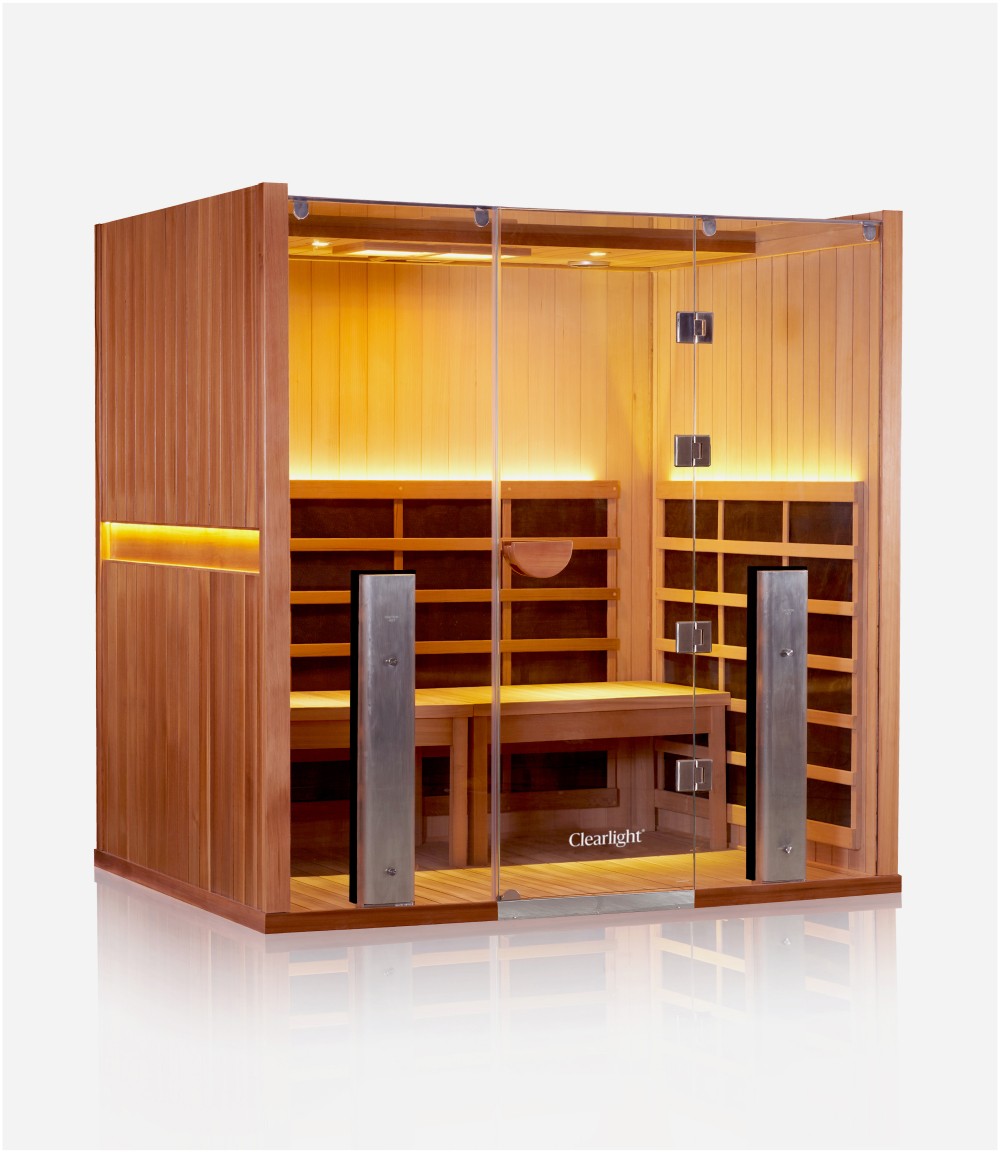
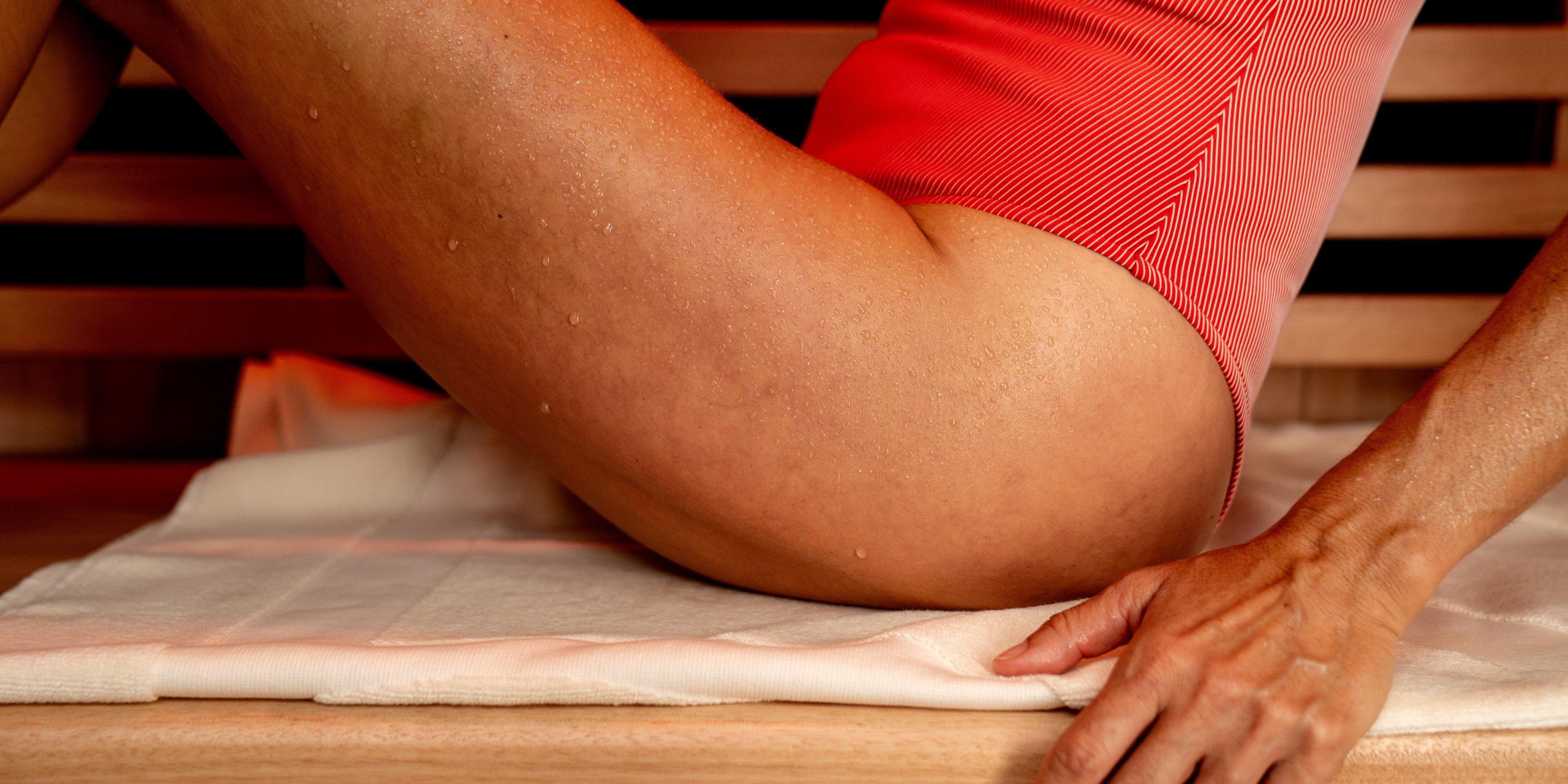
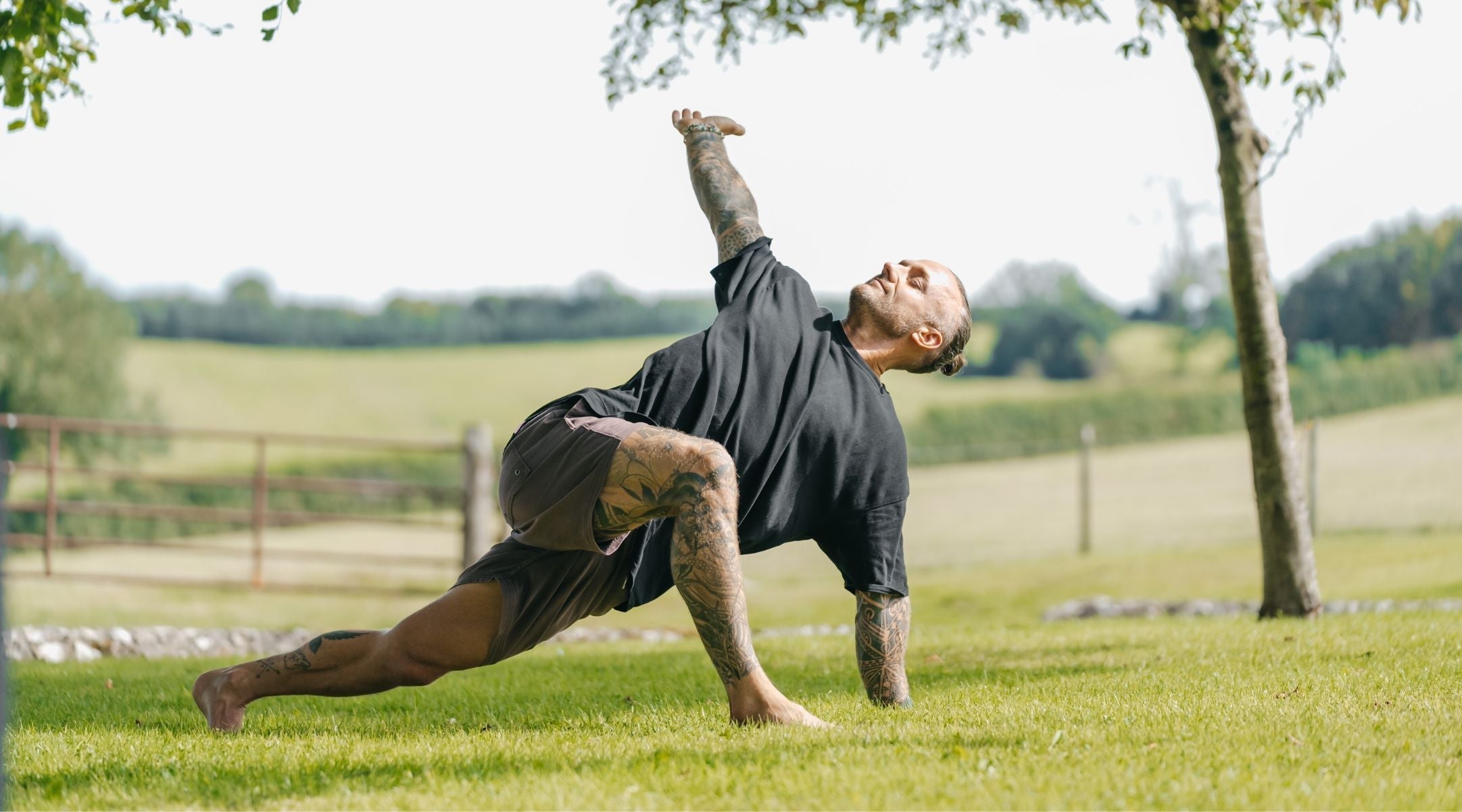
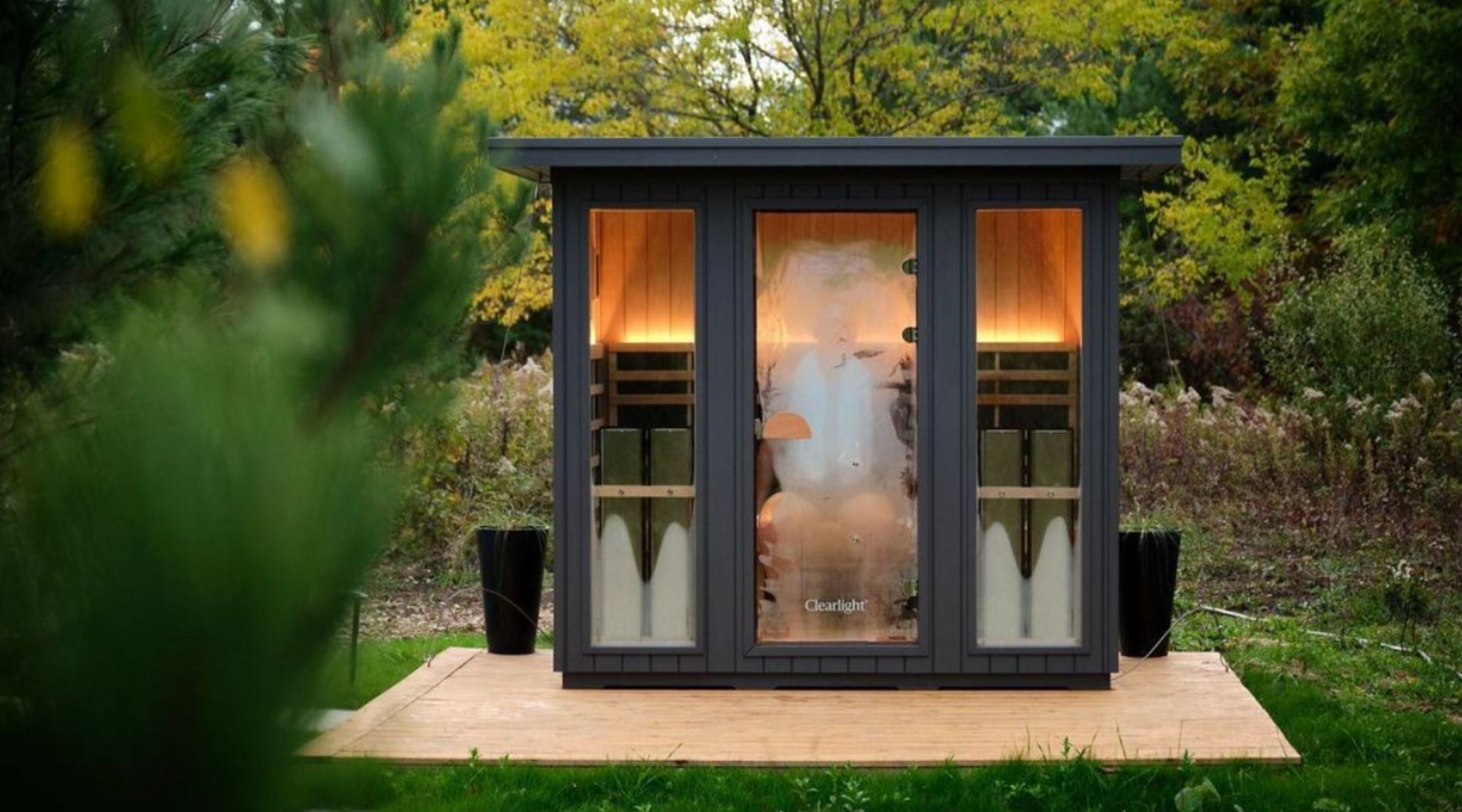
Can You Take An Apple Watch Into A Sauna?
True Wave® Heater Technology